Video by Janna Nichols
By Bob Friel
Video by Janna Nichols
For a full week this September, the underwater rock walls and kelp forests of the San Juan Islands swarmed with clipboard-carrying scuba divers taking part in an annual study co-sponsored by SeaDoc and The Reef Environmental Education Foundation (REEF).
Among all the fish and invertebrates encountered during 100 survey dives, the drysuited citizen scientists and expert critter counters were blown away by how many YOYs they found. Young-of-the-Year, or YOY, is marine biology speak for baby fish, and what the dive teams saw weren’t just any old fingerlings, but juvenile yellowtail and black rockfish.
“I’ve never seen so many YOY rockfish in the San Juans,” says Janna Nichols, REEF Outreach Coordinator and veteran of 1,300 Salish Sea dives. Last year, surveyors saw a few rockfish fry on about one of every eight dives. This year they seemed to be everywhere and, reports Nichols, “There were hundreds of them.”
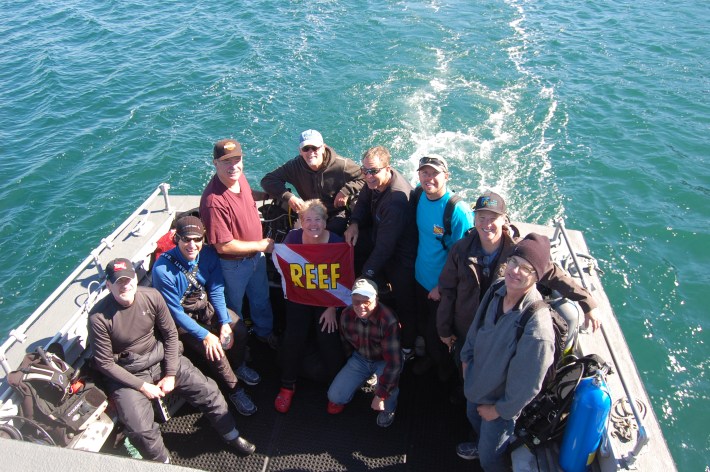



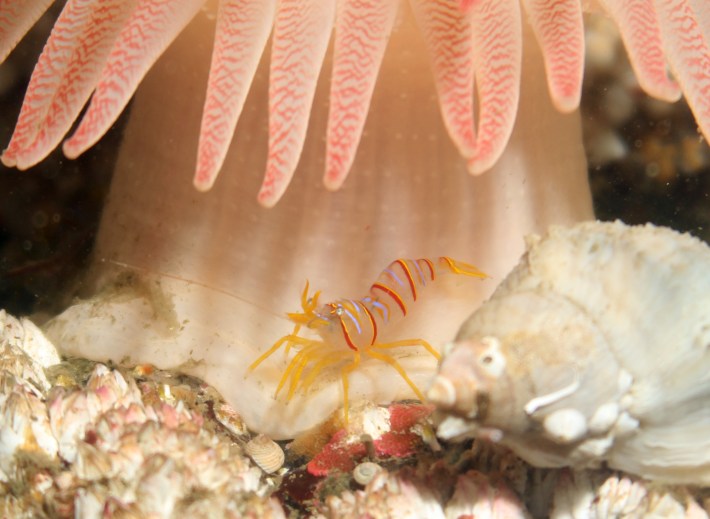


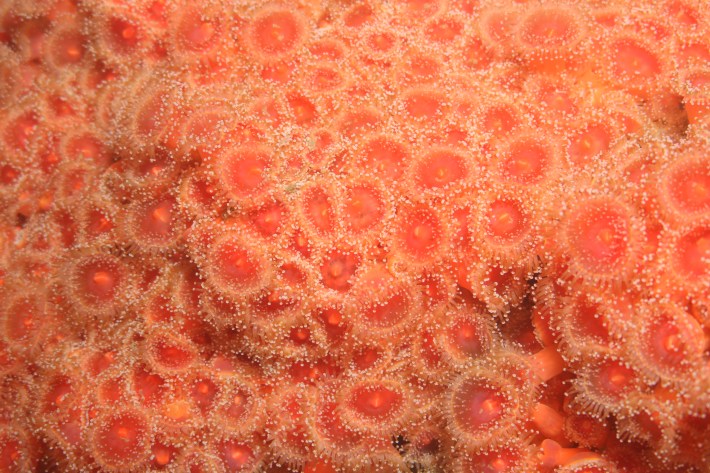



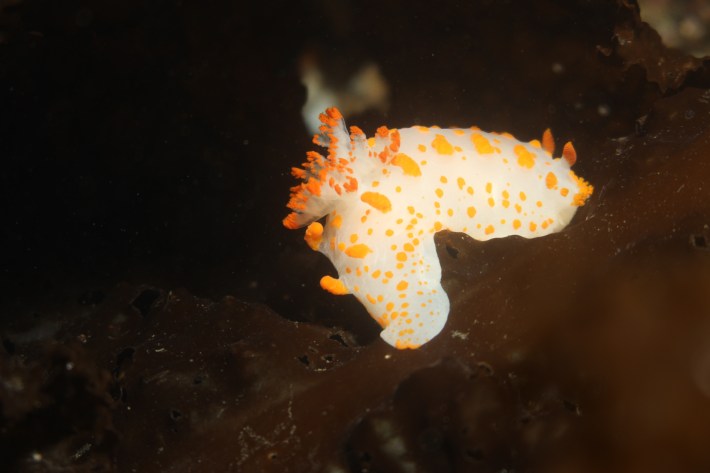
Photos by Janna Nichols
Rockfish baby booms, called “jackpot recruitment events,” happen sporadically and likely only when water temperature, climate, predator abundance, and other conditions are just right. Researchers haven’t yet been able to correlate jackpot events to subsequent increases in adult fish populations, but with our Salish Sea rockfish populations on the ropes from overfishing, the more babies they pump out the better.
Rockfish grow so slow that this year’s yellowtail jackpot juvies will need to dodge predators and derelict fishing gear for at least the next five years (six to eight years for black rockfish) before they’ll mature and get big enough to breed. However, with new fishing regulations in place to protect them, this current class of recruits should have a better chance at long lives than previous generations. “It will be interesting to see over the next couple of years of surveying if these little guys survive,” says Nichols.
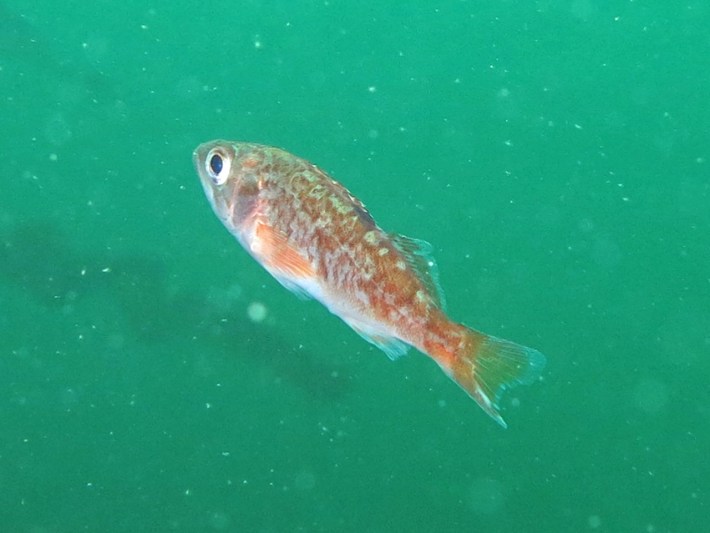
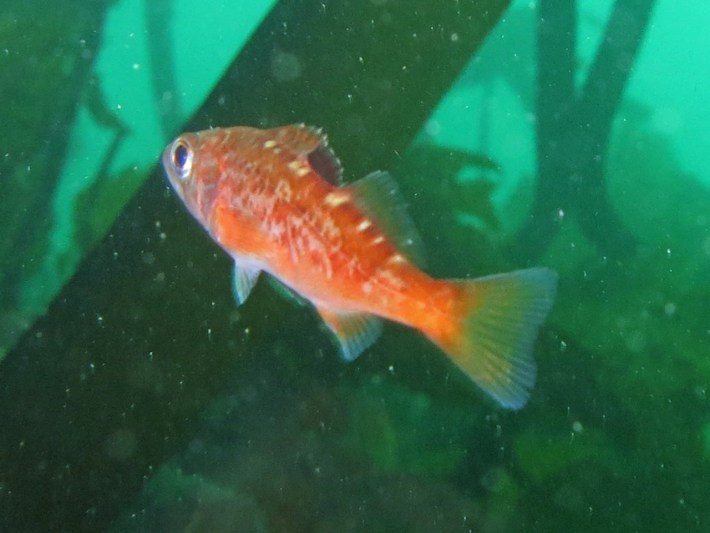
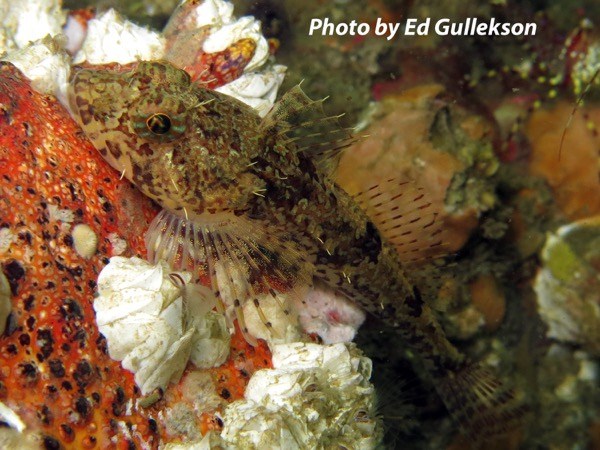
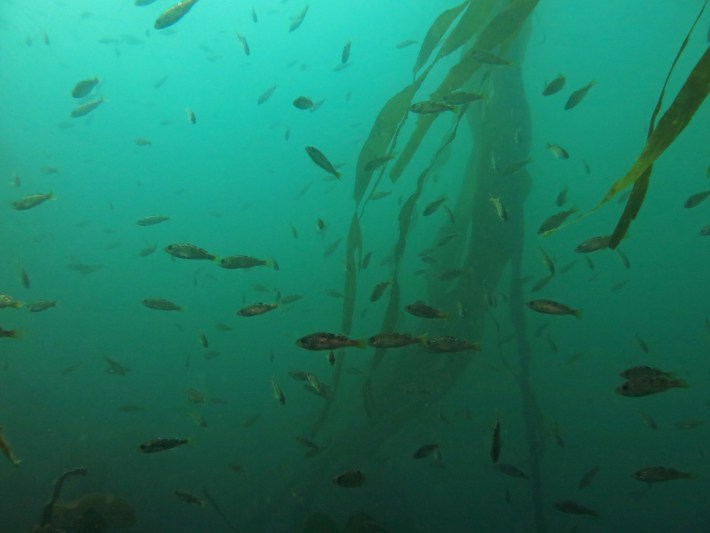
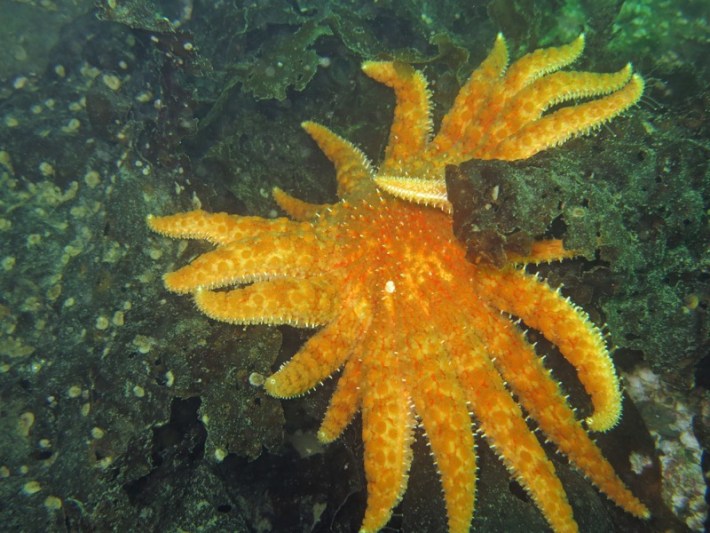
Photos by Ed Gullekson
Aside from the annual intensive San Juan Islands monitoring study, SeaDoc collects data year-round on the fish and invertebrates we find on our Salish Sea underwater sites. We remain very active in rockfish conservation, and we’ll continue to document their abundance levels and, hopefully, their recovery.
If you’re a diver or snorkeler, you can help out by telling us about the rockfish you see (what kinds, where, and how many). Or better yet, join REEF (www.reef.org), the fish-watcher’s version of the Audubon Society. It's free and you can start doing survey dives right away. Free web-based ID classes are available too - it’s a great way to hone your ID skills, and together with REEF’s 50,000 citizen scientists you’ll be helping to track the health of our marine ecosystems. Plus, diving here in the beautiful waters of the Salish Sea, it’s just a matter of time before you’ll hit the jackpot.



